Muirfield is the blue-blooded aristocrat of Scottish golf. Naturally it’s also the most difficult to ‘get on’. Visitor days are restricted to Tuesday’s and Thursday’s, and even then only fourball bookings are permitted. Muirfield are the first to open their diary. The end of March, for play the following year. It fills up very quickly. We’ll need to move quickly, within a week or so of this to secure your round. With a minimum of 18, Muirfield also sets the most punitive handicap threshold requirement
The St Andrews Old Course is the most popular choice, as you’d expect. It needn’t be the course that causes us the most difficulty however. There are numerous different ways in which we might go about securing a round there. We try and keep Thursday’s, Friday’s and Saturday’s on-side however for reasons of managerial strategy
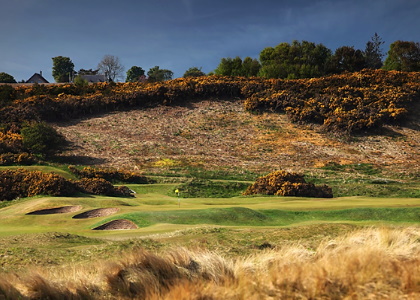
In the high north of the country, Royal Dornoch is the third Scottish course that can usually be relied upon to hold a world top-10 rank

Prestwick is the home of the very first Open from 1860. It's more than just a unique history lesson though. Prestwick holds a world top-100 ranking of its own
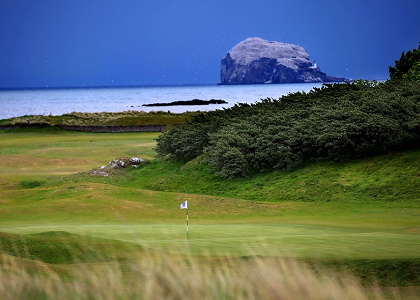
North Berwick is ranked in the world's top-50. A relatively affordable green fee & proximity to Edinburgh make it particularly attractive to include

Dumbarnie
Royal Troon only permits visitor play on Monday’s, Tuesday’s and Thursday’s. It comes under pressure by the early autumn for play the following year.
It’s normally generates the lowest course ranking of those Scottish venues which host the Open Championship, but eclipses its English counter-parts (apart from Birkdale). The ranking is largely due to the first five holes being relatively easy down-wind assignments. From the eighth, the Postage Stamp onwards though, it becomes a true test. The eleventh, ‘the Railway’ is the most dangerous hole in Scotland. No hole on the Open rotation generates as many triple bogeys or worse
It’s a west coast course and normally plays alongside Turnberry & Prestwick
Turnberry is the most aesthetic course on the Open rotation and on some recent polls has overtaken Muirfield to become the new number one. Turnberry operates a loaded long-weekend green fee structure, but then lack of availability elsewhere often means we’re forced onto this rate
It would be disingenuous not to at least tacitly acknowledge that some people prefer not to play it Turnberry. Faraway Fairways try to keep out of this, but we certainly see enough refusals to know it’s a thing. Turnberry was a Scottish gem long before it’s current issues. It’s much less controversial than the Balmedie links at Aberdeen. The only way we could replace Turnberry like with like would mean going to the opposite end of the country at Royal Dornoch. Logistically it’s a long drag to do it, but it’s possible.
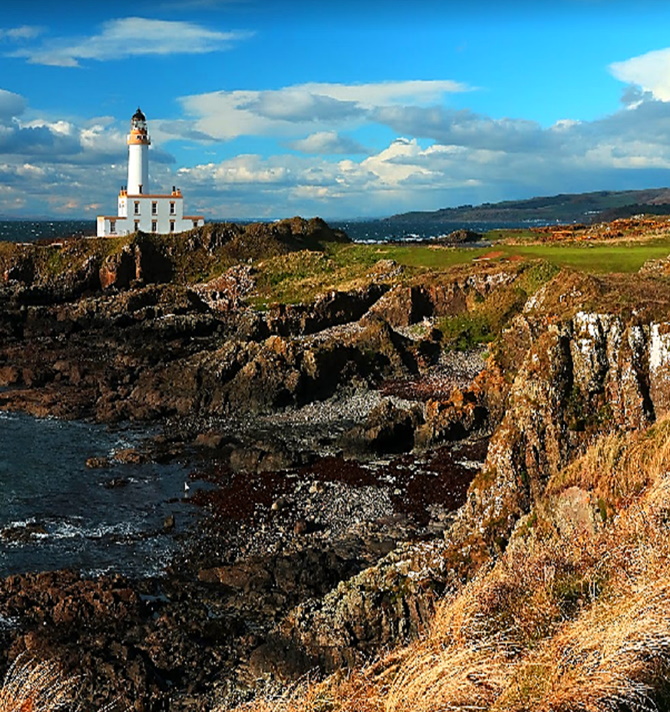
9th hole
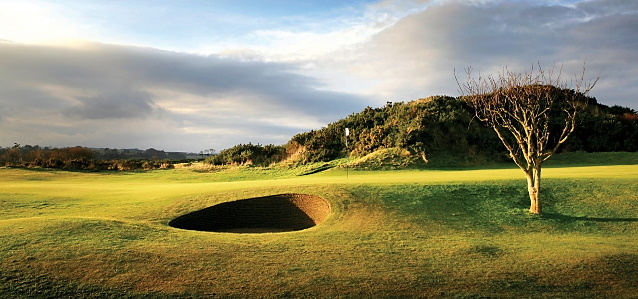
2nd Green, St Andrews New Course
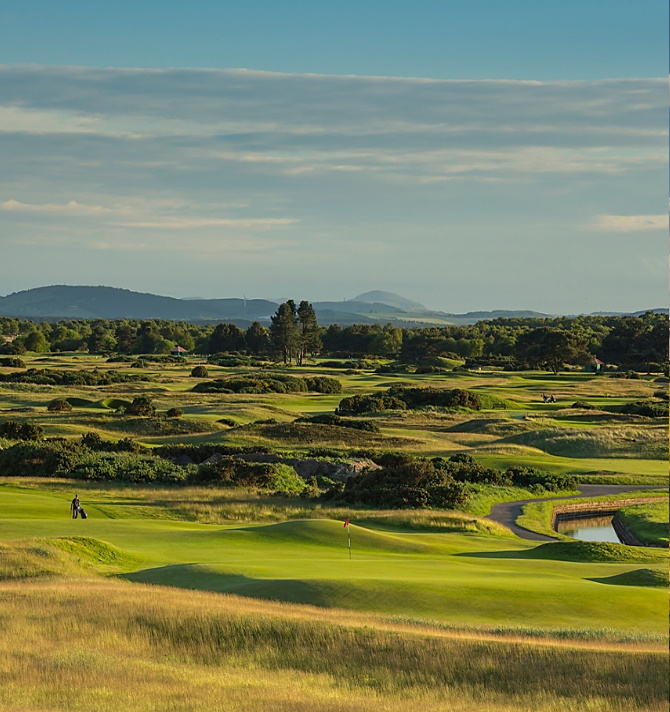
16th green
Carnoustie is the toughest and longest course on the Open Championship rotation. It’s usually played in conjunction with St Andrews which means we ideally try and slot it for a Sunday when the Old Course isn’t open, and so avoid a clash because it would be the hardest to re-arrange. Like Troon, it tends to come under booking pressure during the early Autumn
The final four holes are collectively the hardest finish. The eighteenth in particular has become notorious over the years, and especially after the drama of 1999 when Jean Van de Velde allowed the claret jug to slip from his grasp whilst paddling about in the Barry Burn
Kingsbarns is a modern course and is another which usually plays alongside St Andrews so as to maximise our prospects of playing the Old Course. Ideally we don’t want to be spending time in or around St Andrews ‘padding out days’ to achieve our round. We want to be spending time there whilst also playing quality courses simultaneously so that there is no sense of loss. Kingsbarns is open seven days a week for visitor play and ticks this box
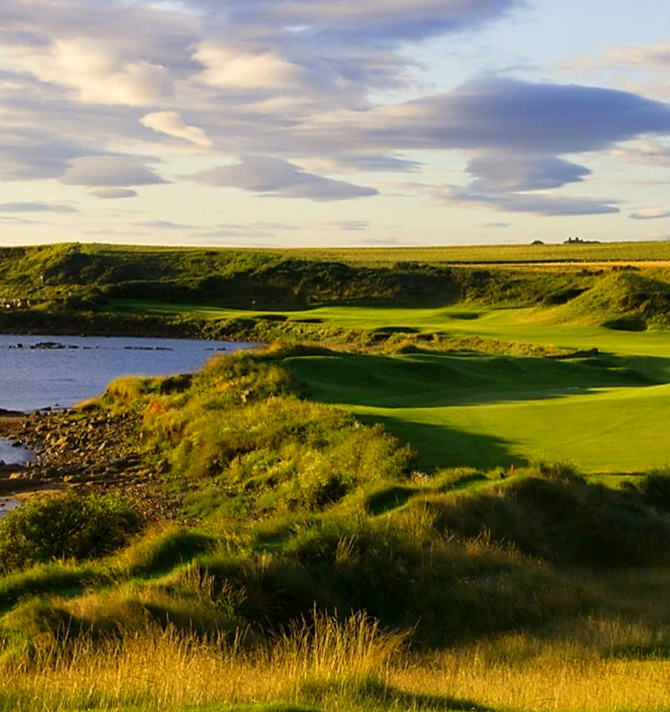
Kingsbarns 12th Hole,